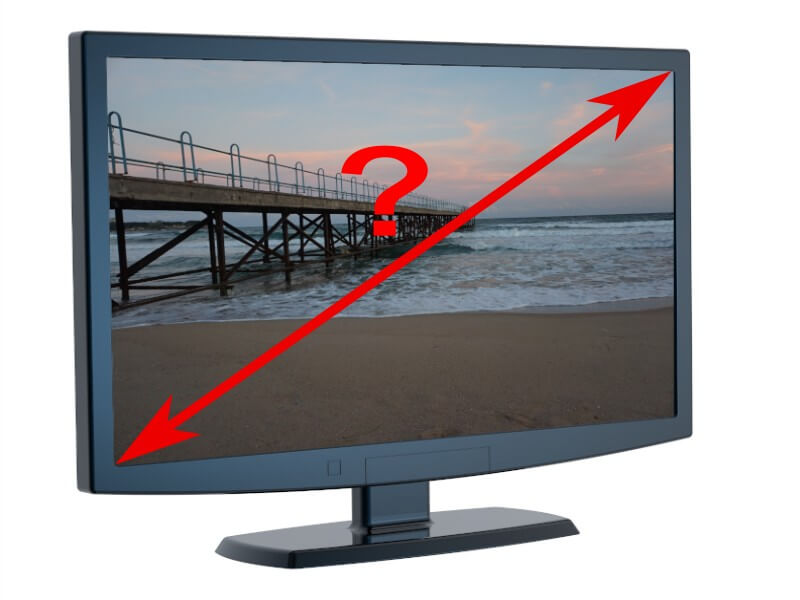Detailed information about 4K Ultra High Definition Television (HDTV) and its application in the modern Smart TVs
Introduction to high definition Devices
The rapid technologies change has its impact over the TV technologies as well. Nowadays the market is full of high-definition video devices and people have the chance to receive remarkable image quality and color precision. High Definition Television (HDTV) provides up to five times bigger resolution compared to traditional analog TV and meant 1080p (1920×1080).
The HD technology is still in use, but is quickly overtaken by ultra high definition (UHD) television. This new technology is mature enough and is pretty accessible in terms of smart TV price and market distribution.
History of HDTV
The term High Definition comes from the early 1936 and describes a series of television systems. Generally speaking it was relative term, since the high definition devices are such compared to the earlier systems that provide about 30 lines of resolution.
At this time the HD systems are with analog based video transmission and two different standards dominates the market: PAL and NTSC. The rapid increase of video channels led to bandwidth problem and force the need of a new more efficient standard.
In the early 1990’s a major breakthrough came with MPEG set compression technologies. At first it comes the MPEG-1 lossy compression method as a pioneer of coding moving pictures and audio. Next it evolves to MPEG-2 compression standard and moves researches further to H264, also known as MPEG-4 Part 10/AVC. This new compression standards push the video broadcast technologies forward as it makes HDTV broadcast possible and economically viable.
What is 4K UHD?
The 4K Ultra High Definition defines a resolution four times bigger than the one defined by HDTV 1080p. Based on standards from SMPTE (Society of Motion Picture and Television Engineers), the 4K UHD defines a resolution of 3840×2160 pixels in high color fidelity and aspect ration of 16:9. Since the resolution is four time bigger than the normal HDTV, it is obvious that in space for a pixel the UHD will hold four. This also means that the bandwidth is much bigger to transmit and put some demands on existing hardware and software.
- New HDMI 2.0 is developed to provide 4K support and it allows 60 frames per second (FPS) for 2160p video.
- Network speed – there are many services that allow internet streaming of 4K video. Some of them recommend usage of steady 25Mbps download speed for smooth data transmission.
- Software application should be ready to handle bigger bandwidth and provide optimal media streaming

Even when the source video format is lower than 4K ultra HD, your Smart TV still may provide you a better picture. Modern television sets use upscale conversion to handle cases where the video source is with lower resolution. Such cases force usage of image processing techniques such as sharpening and noise reduction by blurring. At this way the TV place new additional pixels in a smarter way and can provide nicer picture even with ordinary Full HD video source.
Download the Free DeviceOnline App to play audio, video and photos on your Smart TV
